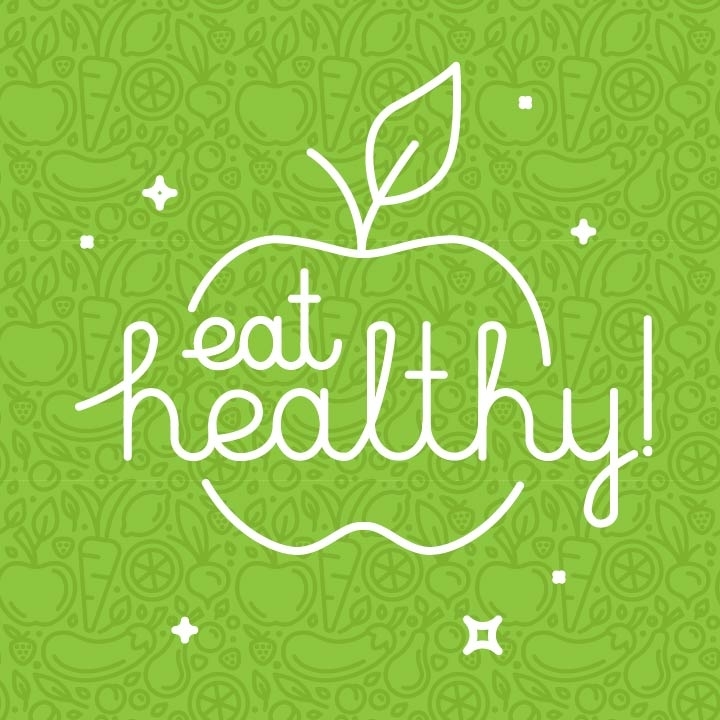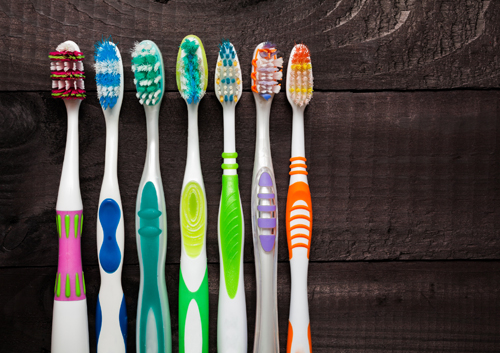5 Food Swaps for Healthy Teeth
July 25, 2019

When it comes to taking care of our teeth, striving for perfection is unrealistic. Rather than completely cutting out foods that may harm your smile, try swapping them for less damaging alternatives.
Below are 5 easy food swaps you can make for clean, shiny teeth!
-
Swap sticky candies or dried fruit for the fresh stuff. It’s no surprise that sour gummies and caramel are not dentist approved snacks, but did you know that dried fruits are also concentrated with sugars that get stuck in your teeth? Curb that sugar craving with fresh fruits instead. Because the fruit fibers are less likely to stick to your teeth, they are also less likely to invite bacteria to sit in your mouth. Really craving candy? Choose chocolate instead, which easily melts or washes away.
-
Drink carbonated water instead of soda. Soda and sports drinks are loaded with sugar and often contain phosphoric and citric acids that wear away tooth enamel. If you can’t give up carbonated beverages or sweet drinks, opt for fresh fruit juice (with as few ingredients as possible) or sparkling waters with natural flavoring!
-
Cut back on citrus fruits. – You may be thinking, “What? I thought fruits were good for me?”They are in moderation, but the acid in citrus fruits like lemons and oranges can wear down tooth enamel over time, so be careful how much you eat and drink. Keep in mind, also, that all citrus is not created equal. Grapefruit for example tends to cause more damage, while orange causes the least.
-
Chew sugar-free gum. When chewing gum, saliva spreads sugars around your teeth and gums and bacteria can build up. However, sugar-free gum can actually help to clean your teeth. The saliva it produces can naturally wash away bacteria. Plus, many sugarless gum brands are sweetened with xylitol, an alcohol that reduces bacteria. Double whammy!
-
Eat anything but white bread! You know the feeling: you take a bite of a sandwich and the bread sticks to the roof of your mouth or between your molars. When this happens, sugar (and cavity causing bacteria) are sticking too. All bread contains sugars that can be harmful to teeth, but white bread has the highest sugar content of all breads. We suggest choosing whole grain bread instead. The tougher consistency makes it less likely for sticking to occur.
Your child’s oral hygiene habits are being created right now! Making small changes like those suggested above can have a big effect on their long term oral health.




